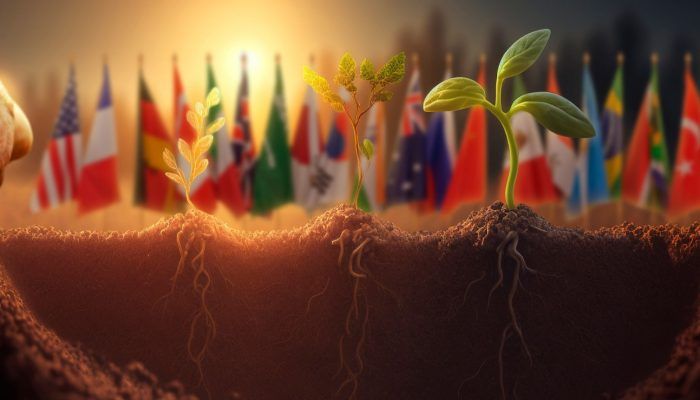How fast can we go? Post-corona agility is a test for us all
“In the new world, it’s not the big fish that eat the small fish, it’s the fast fish that eat the slow fish” – Klaus Schwab, Founder and Executive Chairman, Davos Economic Forum
The convergence of business, society and culture is changing the way we live, work, and coexist; the acceleration of new technologies and a relentless speed of progress and global challenges impacts the lives of everyone on the planet. Covid-19 is creating monumental challenges which need global response and collaboration from governments, business, academia and society to fight the devastation created by the pandemic. Business leaders face multiple challenges both inside and outside their organizations. Massive disruption in manufacturing, supply chains and revenue; impact on staff; reputation, brand positioning, customer engagement and delivering results amidst a changing global environment.
Globalization is an escalating factor that cannot be ignored. Remember the Greta Thunberg effect and how quickly pressure built for companies to have a voice or a view on environmental issues? There is no brand that can ignore this issue, or they do so at their peril. The Coronavirus crisis has left few countries or economies unscathed and governments are realizing that only by sharing science, resources and skills will recovery be possible.
Technology continues to exponentially accelerate change as new developments in data analytics, and marketing stack efficiency, let alone AI and VR, are providing opportunities for communicators and marketers to leverage an increased range of channels and creative strategies to reach and engage audiences. Time scales are shrinking. Leaders must be prepared for direct, swift, trustworthy, global action to stay relevant and effective and many organizational cultures are not ready for this shift.
So, as businesses and brands start to re-evaluate their post-Corona world, where to start? How have things changed and what will be different? First, accept that nothing will ever be quite the same again and there are massive challenges and opportunities ahead. Why not take the chance to redefine previous roles, responsibilities and relationships to embrace the post-Corona world to build new agile and fluid processes that can harness the drivers of technology, globalization and shrinking times scales to deliver relevant, impactful and effective marketing and communications strategy? It’s time to become more agile.
Agility: “The ability to create and respond to change, It is a way of dealing with, and ultimately succeeding in, an uncertain and turbulent environment” (www.agilealliance.org)
This concept has been evolving in the tech industry for several years and it has been highly successful for some businesses particularly in new product or service launches. A project management technique, agile is where solutions evolve through the collaborative efforts of cross-functional teams. It’s an iterative process working in a cycle of research, create, test, adapt, repeat. The roots lie in the software industry when in 2001, a group of software engineers wrote the Agile Manifesto with the aim of finding better ways to work.
They identified the core value as:
Individuals and interactions over processes and tools
Working software (outputs) over comprehensive documentation
Customer collaboration over contract negotiation
Responding to change over following a plan
As we start to emerge from lockdowns into altered economic environments, the idea of creating a core group, within an organization that purely looks at recovery strategy and redefining relevance for key influencer and customer groups provides the opportunity to review the past but plan for the future. A chance to test new concepts, leverage new technologies. To move swiftly bringing in expertise and knowledge from all sectors of the business as required, whilst remaining laser focused on delivering results, adapting, improving and executing without the constraints of the usual organizational process.
What should the team look like? First and foremost, it should be a small group of highly experienced and talented people who can work together across time zones and cultures. They should have a broad knowledge base and the ability to grasp new concepts and be able to think across multiple disciplines both internally and externally. The team needs clear and open lines of communication throughout the business in order to facilitate quick input and decision making when required. They must be empowered to make decisions and to move fast with the responsibility for implementing their decisions and accountability for results. They must act and think with fluidity! Oversight from the C-Suite is essential but has to remain at a distance or be committed to supporting in real time, not delay progress with “pre-Corona” processes.
Agility is not a new concept and it has long been supported as a valuable methodology but for too long it has been confined to the IT department, software or product development. It has real value in driving focus, and it is exactly that kind of thinking that we need to embrace to rebuild so much after the pandemic ends. There is value in applying this methodology to marketing and communications but there are also challenges. It requires new thinking, commitment, and courage to understand the changing dynamics, identify the unknowns and adapt to new paradigms.
With traditional working patterns disrupted, and teams collaborating online, there has never been a more opportune moment to embrace fluidity and leverage talent and technology. Carpe Diem!


